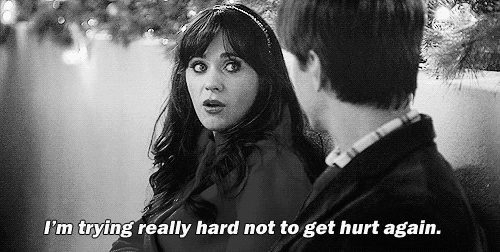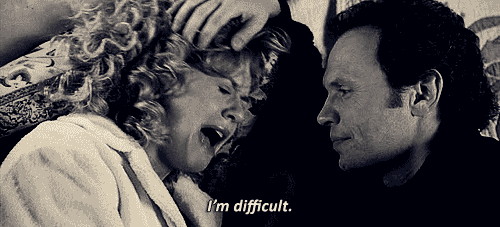Understanding your attachment style is like knowing your Myers Briggs personality type, but more important—It impacts your ability to have a healthy relationships and gives insight into how to unlearn your negative habits. The psychological model of attachment theory can shed light on the various anxieties, tendencies, and perspectives you bring into any relationship. Attachment styles direct what attributes you seek out in a partner and the dynamics you create with them based on your insecurities, fears, anxieties, and boundaries. Understanding your personal “attachment style” can bring to light your own strengths and weaknesses and how they could affect your relationships.
Attachment styles develop during early childhood, influenced by the parent-child relationship. Most people seek out relationships that mimic the patterns and cycles of their early connections. In turn, if someone has children, they tend to recreate the same patterns within familial relationships.
Find out here or here which style applies to you! Here’s a brief breakdown:
Secure

A secure attachment style is demonstrated by a person’s ability to form long-lasting, trustworthy relationships. Many who are secure seek out social situations, maintain healthy boundaries, and are more likely to share personal information. They are happy having their own space and don’t feel dependent on anyone to supply their own happiness. If you are one of these people, your parents are the ones to thank for instilling the confidence to go off and explore, while also valuing social and close connections.
Anxious-Preoccupied
 Giphy
Giphy
An anxious-preoccupied style is demonstrated by a person’s clinginess and insecurity that often festers in their relationships. People who are anxious-avoidant seek out relationships with individuals who are more closed-off, which feeds their insecurities about “not being loved.” Usually, they are consumed by conflicts stemming from a lack of communication with a partner or friend and anxiously overthink situations. If you believe you tend to swing towards this style, reflect on your everyday needs and where they stem from. Are you asking too much of your partner, family, and friends? If so, try to have open communication about others boundaries and desire
Dismissive-Avoidant

A dismissive-avoidant person is the complete opposite of an anxious-preoccupied person. The dismissive-avoidant style is demonstrated by a person’s indifference and reluctance to open up or connect to other individuals. They tend to be loners, isolating themselves in their own thoughts, emotions, and experiences. Those who lean towards this style aren’t as receptive to other people’s reactions and avoid interactions that involve conflict.
Fearful-Avoidant
 Giphy
Giphy
Unfortunately, many fearful-avoidant people became this way due to a disorganized parenting style, in which the child was neglected or abused. In adulthood, fearful-avoidant people seek out comfortable relationships, but once they get too close, old traumas resurface and disrupt the relationship. When traumas do resurface, the person will dissociate to disconnect from their own reality. If this is the case for you, you can seek out help to reconcile your past and create a healthier future for yourself.










